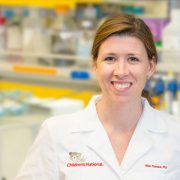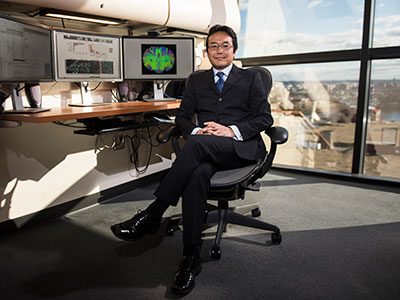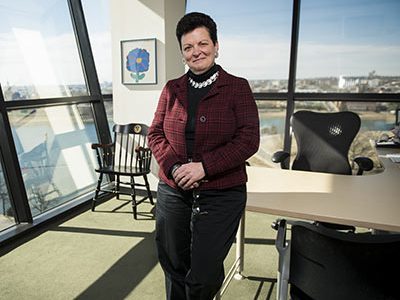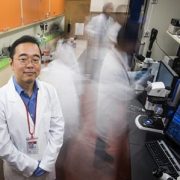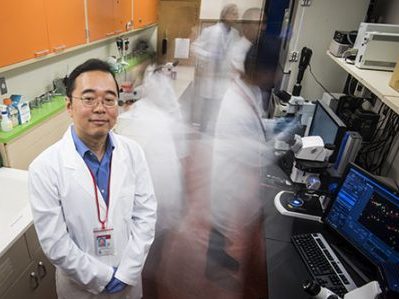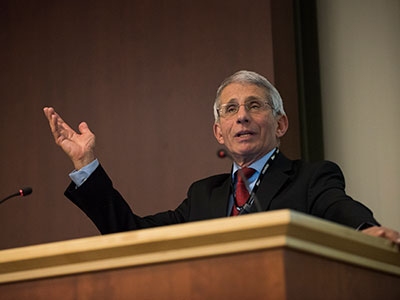Examining BPA’s impact on developing heart cells

“We know that once this chemical enters the body, it can be bioactive and therefore can influence how heart cells function,” says Nikki Gillum Posnack, Ph.D. “This is the first study to look at the impact BPA exposure can have on heart cells that are still developing.”
More than 8 million pounds of bisphenol A (BPA), a common chemical used in manufacturing plastics, is produced each year for consumer goods and medical products. This endocrine disruptor reaches 90 percent of the population, and excessive exposure to BPA, e.g., plastic bottles, cash register receipts, and even deodorant, is associated with adverse cardiovascular events that range from heart arrhythmias and angina to atherosclerosis, the leading cause of death in the U.S.
To examine the impact BPA could have in children, researchers with Children’s National Heart Institute and the Sheikh Zayed Institute for Pediatric Surgical Innovation evaluated the short-term risks of BPA exposure in a preclinical setting. This experimental research finds developing heart cells respond to short-term BPA exposure with slowed heart rates, irregular heart rhythms and calcium instabilities.
While more research is needed to provide clinical recommendations, this preclinical model paves the way for future study designs to see if young patients exposed to BPA from medical devices or surgical procedures have adverse cardiac events and altered cardiac function.
“Existing research explores the impact endocrine disruptors, specifically BPA, have on adults and their cardiovascular and kidney function,” notes Nikki Gillum Posnack, Ph.D., a study author and assistant professor at Children’s National and The George Washington University. “We know that once this chemical enters the body, it can be bioactive and therefore can influence how heart cells function. This is the first study to look at the impact BPA exposure can have on heart cells that are still developing.”
The significance of this research is that plastics have revolutionized the way clinicians and surgeons treat young patients, especially patients with compromised immune or cardiac function.
Implications of Dr. Posnack’s future research may incentivize the development of alternative products used by medical device manufacturers and encourage the research community to study the impact of plastics on sensitive patient populations.
“It’s too early to tell how this research will impact the development of medical devices and equipment used in intensive care settings,” notes Dr. Posnack. “We do not want to interfere with clinical treatments, but, as scientists, we are curious about how medical products and materials can be improved. We are extending this research right now by examining the impact of short-term BPA exposure on human heart cells, which are developed from stem cells.”
This research, which appears as an online advance in Nature’s Scientific Reports, was supported by the National Institutes of Health under awards R00ES023477, RO1HL139472 and UL1TR000075, Children’s Research Institute and the Children’s National Heart Institute. NVIDIA Corporation provided GPUs, computational devices, for this study.


